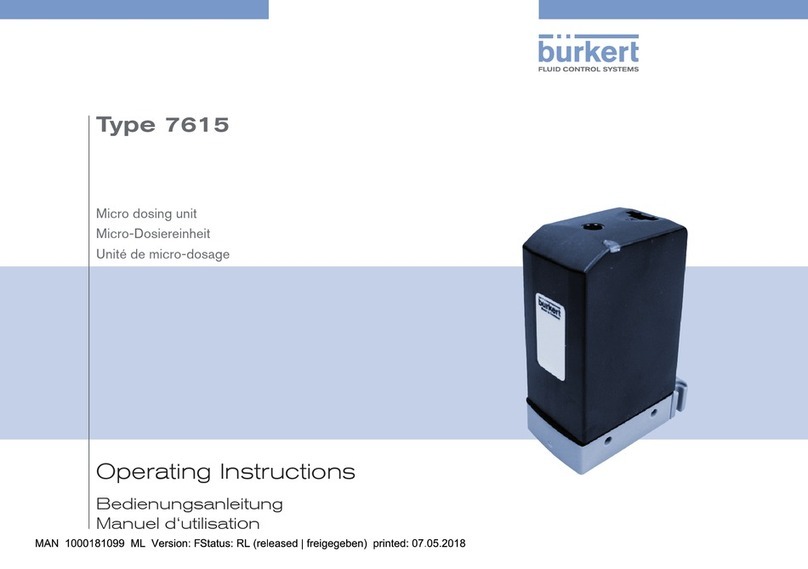
3
8 INSTALLATION ............................................................................................15
8.1 Safety instructions ...................................................................15
8.2 Before installation ....................................................................15
8.3 Installation .................................................................................18
8.4 Disassembly..............................................................................20
9 ELECTRICAL CONNECTION ................................................................21
10 MAINTENANCE, CLEANING ................................................................21
10.1 Safety instructions ...................................................................21
10.2 Maintenance Work ..................................................................21
11 REPAIRS.........................................................................................................22
11.1 Safety instructions ...................................................................22
11.2 Replacing the diaphragm ......................................................23
12 MALFUNCTIONS ........................................................................................25
13 SPARE PARTS.............................................................................................26
13.1 Order table ................................................................................27
14 PACKAGING AND TRANSPORT ........................................................27
15 STORAGE ......................................................................................................28
16 DISPOSAL .....................................................................................................28
Piston operated diaphragm valves type 2030, 2031, 2031 K, 2032, 2033, 2037
1 OPERATING INSTRUCTIONS ................................................................4
1.1 Definition of the Term “Device”...............................................4
1.2 Symbols .......................................................................................4
2 AUTHORIZED USE ......................................................................................5
2.1 Restrictions .................................................................................5
3 BASIC SAFETY INSTRUCTIONS ..........................................................6
4 GENERAL INFORMATION ........................................................................7
4.1 Contact Addresses ...................................................................7
4.2 Warranty ......................................................................................7
4.3 Information on the Internet ......................................................7
5 SYSTEM DESCRIPTION ............................................................................7
5.1 General Description ..................................................................7
5.2 Intended Application Area .......................................................7
5.3 Conformity ...................................................................................7
5.4 Standards .................................................................................... 7
6 TECHNICAL DATA ........................................................................................8
6.1 Inscription on the type label ....................................................8
6.2 Labeling of the forged bodies ................................................ 8
6.3 Operating Conditions ...............................................................8
6.4 General Technical Data..........................................................12
7 STRUCTURE AND FUNCTION............................................................12
7.1 Structure ....................................................................................12
7.2 Function .....................................................................................14
english
Type 2030, 2031, 2031 K, 2032,
2033, 2037





























